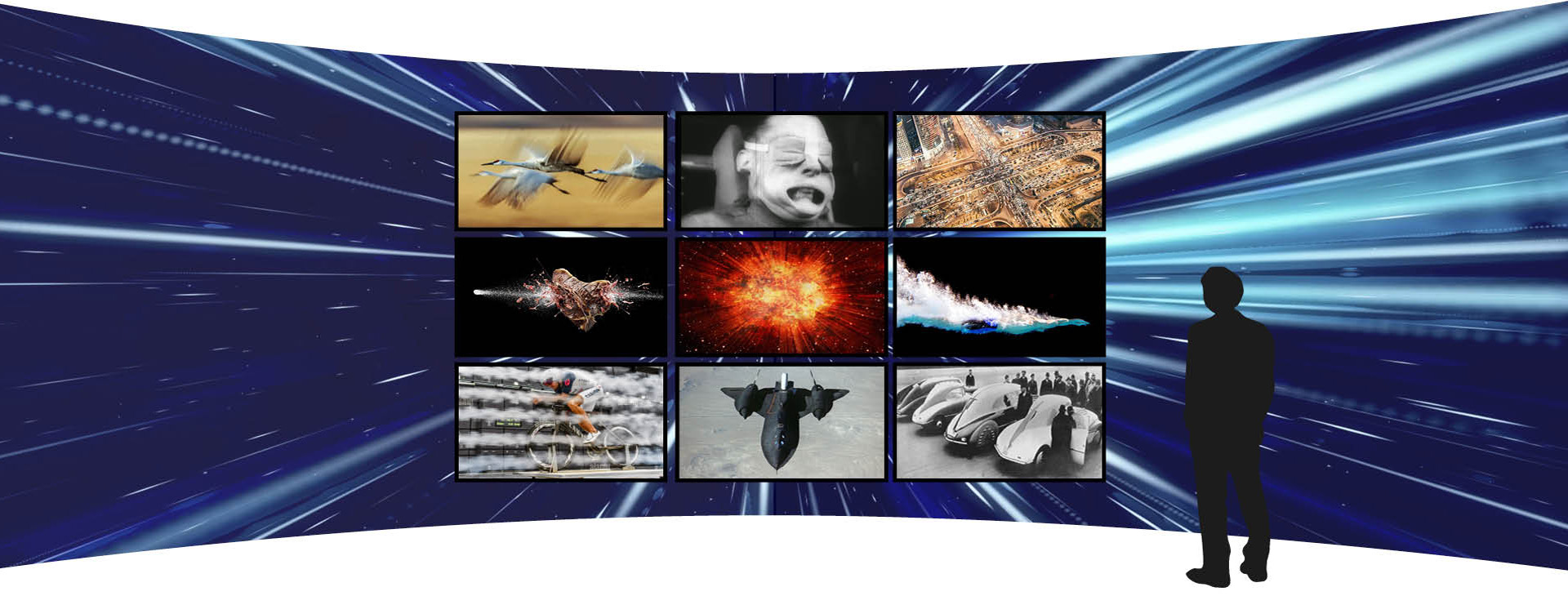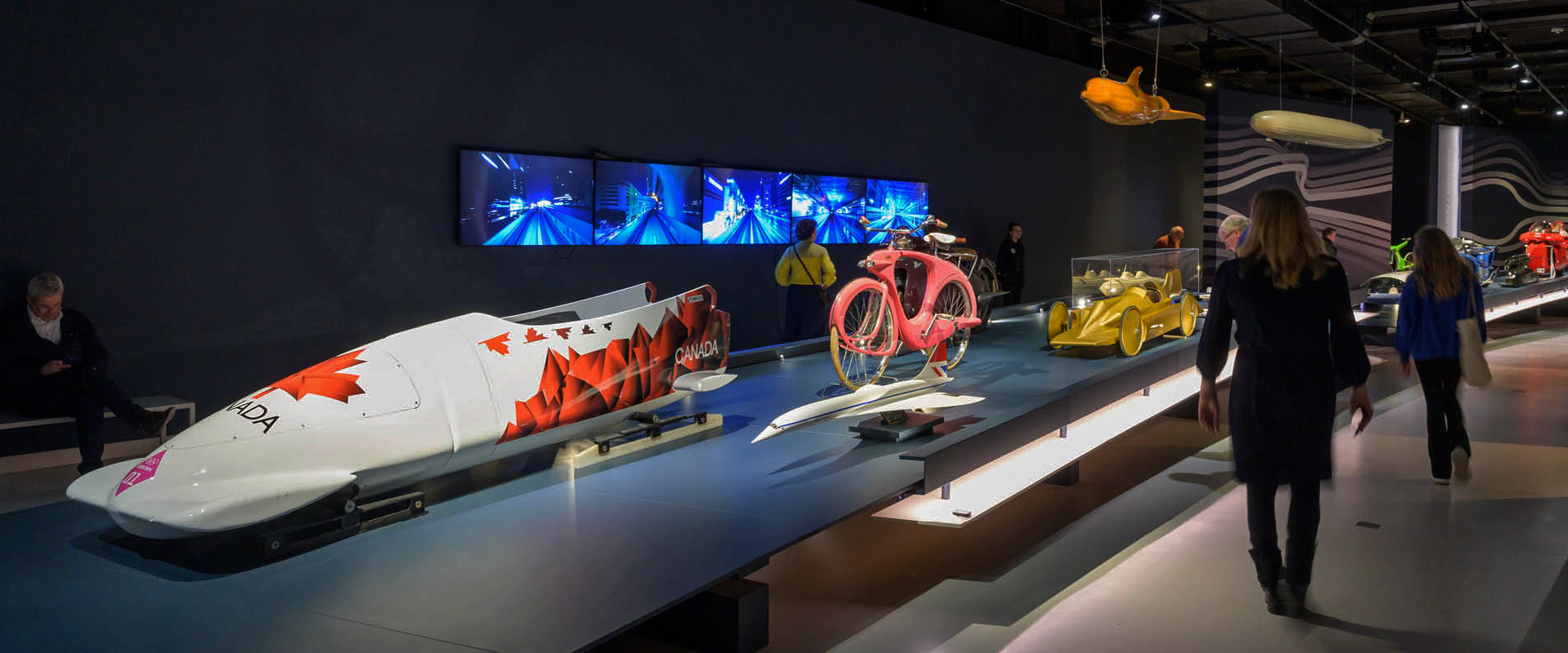Bronmateriaal video's: British Pathé, Pond 5, Shutterstock, Wikimedia, National Archives, Technical University Eindhoven, Cincinnati Zoo and Botanical Gardens, EOS, Christian Moullec, MIT, Renault, FIS, Powertec, Playtex, GoPro, Blue Tuna, BBC, M Video’s, Beeld en Geluid, Westinghouse, General Motors, SpaceX, NASA, Northrop Corporation, Fraproductions, Boeing, G650er Gulfstream, Douglas Aircraft Manufactoring, Ducati, Volvo Ocean Race, MotoGP, TSMC, Mercedes, Virgin Hyperloop, SNCF, Chevrolet, Dylan Nelson, McLaren, Volkswagen, Aerovelo, Machine Hallucination - Refik Anadol Studio, Renault Float - Juchen Cai, Fundacja EkoRoswoju, Ambient Renders, Hyperion.
Filmfragmenten: GM Styling shows the future - General Motors (1953) / The Big Broadcast of 1938 - Mitchell Leisen (1938) / Top Gun Maverick - Joseph Kosinski (2022) / The Coronation Scott - London Midland & Scottisch Railway (1937) / CFIC Brilliance - Robert Abel and Associate’s (1985) / The Middleton family at the New York World Fair - Robert R. Snody (1939) / The Right Stuff - Philip Kaufman (1983) / Ode to the Concorde - Chris Purcell (2017) / The Red Barron - Nikolai Müllerschön (2008) / The world’s Fastest Indian - Roger Donaldson (2006) /Mediterranean Holiday - Hermann Leitner and Rudolf Nussgruber (1962) / Sunday in Hell - Jørgen Leth (1978) / Tron Legacy - Joseph Kosinski (2010) / Terminus - Ken Phipps (1961) / Philips Radio - Jones Ivens (1931) / Shadows in an Empty Room - Alberto de Martino (1976). Although every effort was made to find and contact the copyright holders for the material used, it has not been possible to trace them all. Please contact us if you find that your rights are infringed by work(s) displayed and/or if (personal) information is not displayed properly.






